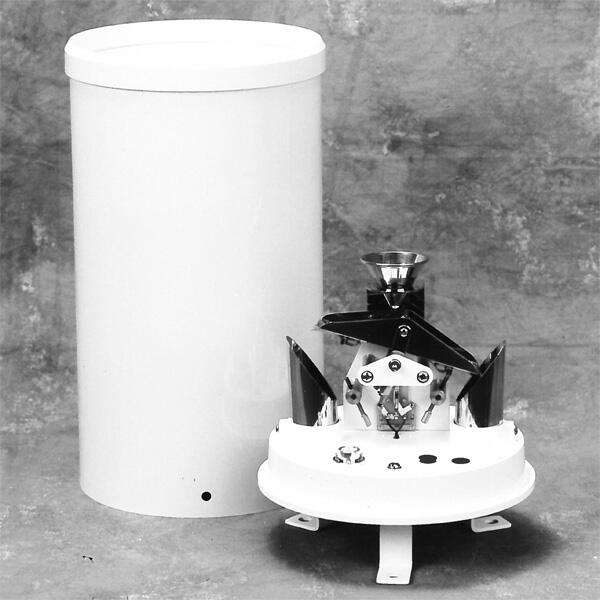
# 10 Practical Applications of Rain Gauges in Weather Monitoring
Rain gauges are essential tools in meteorology and environmental science. They provide accurate measurements of precipitation, which is crucial for understanding weather patterns and making informed decisions. Below are ten practical applications of rain gauges in weather monitoring.
## 1. Flood Prediction and Management
Rain gauges help in predicting potential floods by measuring the amount of rainfall over a specific period. This data is vital for issuing early warnings and implementing flood management strategies.
## 2. Agricultural Planning
Farmers rely on rain gauge data to plan their planting and harvesting schedules. Accurate precipitation measurements ensure optimal irrigation and crop management, leading to better yields.
## 3. Water Resource Management
Rain gauges are used to monitor and manage water resources. By tracking rainfall, authorities can make informed decisions about water allocation, reservoir levels, and drought management.
## 4. Climate Research
Meteorologists use rain gauges to collect long-term precipitation data. This information is crucial for studying climate change, understanding weather patterns, and developing predictive models.
## 5. Urban Planning
City planners use rain gauge data to design effective drainage systems and prevent urban flooding. Accurate rainfall measurements help in creating resilient infrastructure.
## 6. Hydrological Studies
Rain gauges are indispensable in hydrological studies. They provide data on rainfall distribution, which is essential for understanding river flow, groundwater recharge, and watershed management.
## 7. Disaster Preparedness
Rain gauges play a critical role in disaster preparedness. By monitoring rainfall, authorities can predict and prepare for natural disasters like landslides and flash floods.
## 8. Environmental Monitoring
Environmental scientists use rain gauges to monitor precipitation levels in various ecosystems. This data helps in assessing the impact of rainfall on flora and fauna.
## 9. Weather Forecasting
Rain gauges provide real-time data that is essential for accurate weather forecasting. Meteorologists use this information to predict short-term weather conditions and issue timely alerts.
## 10. Educational Purposes
Rain gauges are widely used in educational settings to teach students about meteorology and environmental science. They provide hands-on experience in measuring and analyzing precipitation data.
In conclusion, rain gauges are versatile tools with numerous applications in weather monitoring. Their ability to provide accurate and reliable precipitation data makes them indispensable in various fields, from agriculture to disaster management.
Keyword: 10 uses of rain gauge
